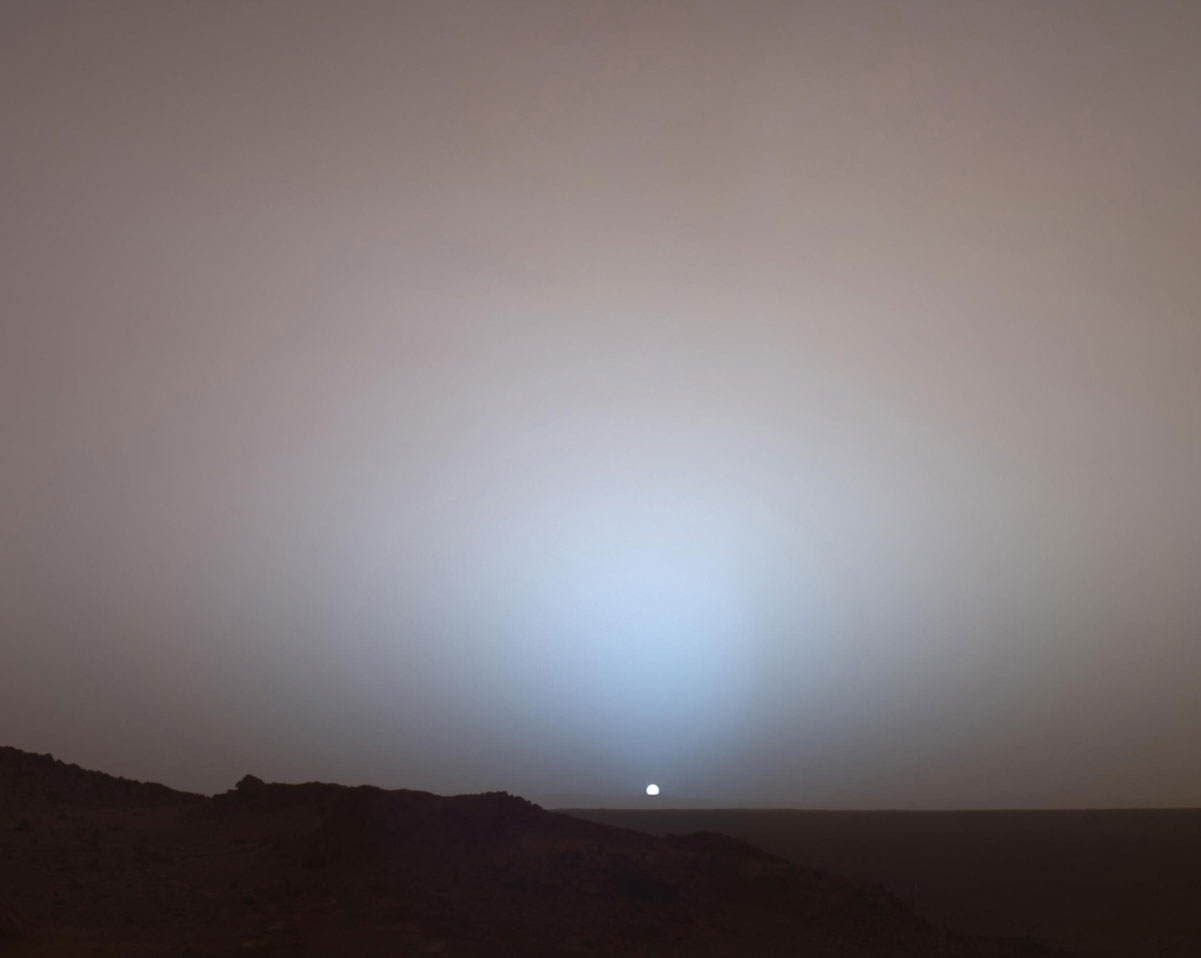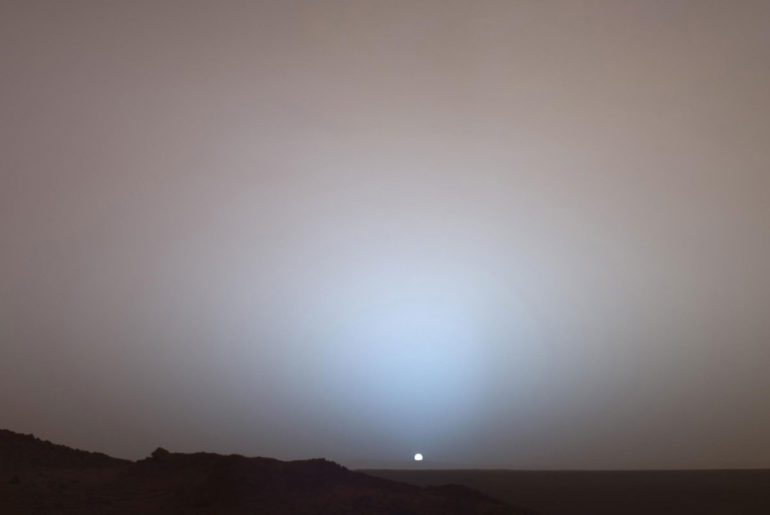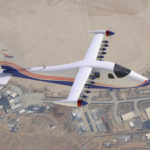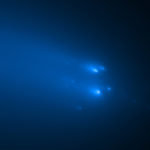
NASA’s Viking 1 lander first captured an incredible image of what a sunset looked like on Mars way back in 1976. Robots that came after Viking 1 have since transmitted multiple views of Martian sunrises and sunsets, including the one you see above. Geronimo Villanueva, a planetary scientist from NASA’s Goddard Space Flight Center in Greenbelt, Maryland, decided to take things one step further.
He created sunset simulations for other planets and moons while building a computer modeling tool that could be used on a future mission to Uranus. In the near future, such a probe could descend through the Uranian atmosphere and interpret the measurements of light that will hopefully reveal its chemical composition.
Celestron – AstroMaster 70AZ Telescope – Refractor Telescope – Fully-Coated Glass Optics – Adjustable-Height Tripod – Bonus Astronomy Software Package
- POWERFUL TELESCOPE FOR BEGINNERS: The AstroMaster 70AZ is the perfect entry-level telescope for adults and kids eager to explore the night sky. You get bright, clear views and simple, intuitive operation.
- HIGH-QUALITY 70MM OPTICS: Enjoy crisp, detailed views through the fully coated 70mm (2.8") achromatic refractor — perfect for observing the Moon, planets, bright star clusters, and even terrestrial landmarks.
- VERSATILE DAY & NIGHT USE: Designed for both astronomical and land-based viewing, the AstroMaster 70AZ lets you explore the stars at night and enjoy daytime views of wildlife or distant landmarks.
To ensure the accuracy of his tool, Villanueva simulated the known sky colors of Uranus as well as those of other planets, some of which are shown above. As these celestial objects rotate away from the light of the Sun, which is what happens during a sunset, photons are scattered in different directions depending on the energy of the photons as well as the types of molecules in the atmospheres. This results in a brilliant palette of colors that would be visible to those standing on these planets.





